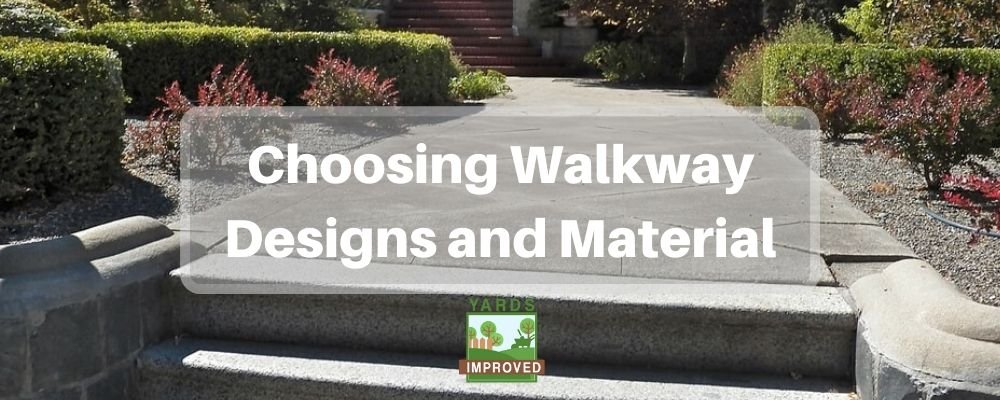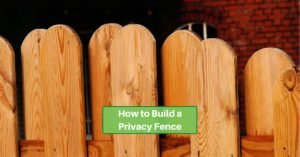When it comes to your home, you may not want people beating a path to your door. On the other hand, you do want a pleasant approach for those who are invited (or for the delivery people from your favorite e-commerce stores!). You may also want a pathway through your yard where you can relax and enjoy some more private moments.
Your walkway reflects the style and even the pace of life you want to establish for your home. Whether it leads to the entryway, the pool, or the patio – or simply meanders around the yard – it is a key element of the environment, even if it’s often taken for granted.
The layout and the materials are essential to the tone you want to set. No matter how long or wide your walkway may be, you can find a way for it to express who you are and what you’re all about.
It’s About the Journey, Not The Destination
We won’t distinguish here between a walkway and a pathway, although some landscapers and others do. For us, both are surfaces to walk on, whether they are leading you somewhere or not.
A front walkway, though, does tend to have a goal at the end of it. The idea is to get from the street or driveway to the front door. A path that leads around the house or across the backyard can allow a slower, less directed movement. Even if it leads to the shed, the patio, or the pool, you don’t have to hurry. You usually have more time to enjoy just being there.
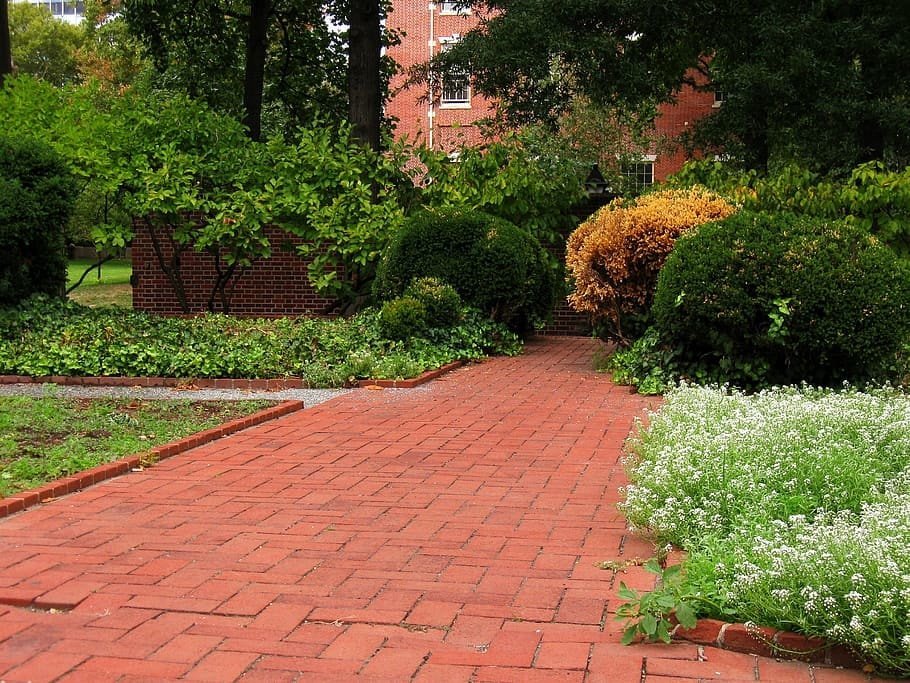
Even the most practical path, though, says something about you. It’s an extension of your home and an extension of your personality. It communicates something to everyone who passes along it, whether it’s two meters or 200 meters long.
Your walkway sets a tone, subconsciously or not. You can decide if it will be formal or relaxed, rushed or leisurely.
To get the best effect, you want a pathway that reflects the design of the whole house. A country cottage won’t look right with a formal-looking walk. And a home with a lot of straight lines in its facade probably will look best when the path has similar elements.
That appearance comes from the combined effect of the form of the path and the materials it’s made from.
There are many options when it comes to choosing a material for your walkway. Above all, you want something that will hold up over time
Walkways Have a Practical Side, Of Course
Of course, it does have practical aspects as well. Here are just a few items to think of from that perspective. There surely are others, but these seem to be the most important:
It may lead you somewhere. On the other hand, it may exist for its own sake. If it does have a destination, you’ll likely want it to be straighter and more direct. You don’t want to navigate a winding path from your driveway to the front door in the rain, after all!
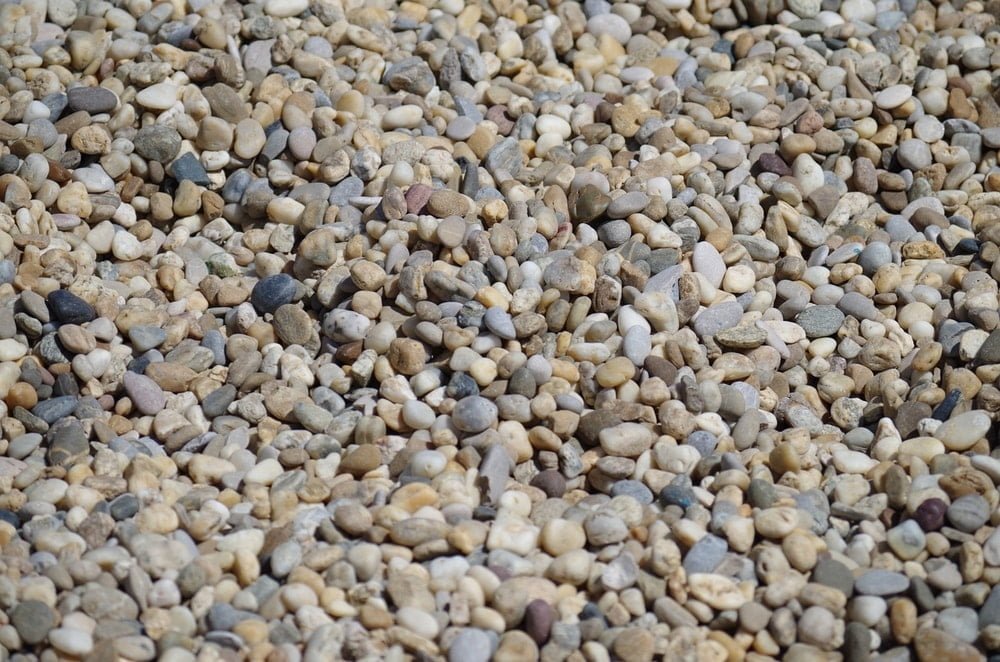
Your walkway helps keep your shoes from getting muddy. At the same time, it protects your grass and/or garden from being trampled.
It provides a safe surface to walk on. A walkway should be level and have a slip-resistant surface. It helps eliminate holes or bumps that you could trip over. When necessary, steps or ramps can even make it simpler to navigate steeper slopes.
You can decorate it with planters, garden flags, and other decorations. This helps add to the feeling you create. You can adjust it seasonally, too, to make it more appropriate.
Great Materials For Pathways And Walkways
There are a lot of great options when it comes to choosing a material for your walkway. Again, these will help determine the mood.
Pavers
Brick or stone pavers are a fantastic material for creating a walkway. They are sturdy and long-lasting and come in a wide variety of designs.
Since the individual tiles have a tiny amount of space between them, they can slide and adjust along with the ground. It’s best to use them on a cement base to keep them from moving too much. This will also help keep weeds from growing between them.
Concrete
Concrete is a basic material that will hold up well over the years without a lot of care. It’s practical, even if it seems plain in its basic form. Since it’s poured in an almost-liquid form, it’s easy to mold to the contours you’d like, too.
Using stamped concrete or exposed aggregate can help add a warmer feel to the surface. With stamped concrete, you can simulate nearly any other type of stone and get the same effect you’ll have with pavers.
Natural Stone
Using natural stone adds an elegant but rustic look. Since sharp, rigid lines aren’t common in nature, this natural stone doesn’t look overly formal. It does, though, show a level of craftsmanship that shows class.
Natural stone can look great in any environment. It will hold up for the life of your house as long as it is treated and coated. However, if it’s left “raw”, it can absorb water and crack.
You do have to be sure to pull up any weeds. But it can be worth it for a great appearance!
Brick and Cobblestone
Brick and cobblestone can add class to any pathway. Both are traditional materials that never go out of style. They offer a lot of flexibility in terms of design. You don’t need to stick with straight lines. Instead, they can be arranged in fan shapes or even more elaborate designs. You could even use bricks of different colors to create your monogram!

These materials do need a bit more care since they routinely become uneven. Weeds can also sprout up between them.
Gravel
A gravel pathway, like concrete, is easy to shape as you want it. It has a rather neutral look – it can easily be at home in either formal or informal settings. It can also be quite comfortable to walk on because it is more forgiving than most other surfaces.
If it ever becomes discolored, you can usually just shovel it and turn it over so the stain becomes hidden.
It does take special care if you have to remove snow from it. You’ll also have to be careful with the edges so that the gravel doesn’t spread into your lawn.
Gravel can also be noisy, which can make it a minor deterrent against burglars who may have to cross the driveway or pathway.
Wood
Wood can also be used in a wide variety of ways for your walkway. From planks to log sections to mulch, it makes a great material in the country or for a garden path.
To hold up, wood needs to be treated and sealed. But when that’s done correctly, it can be a long-lasting and attractive surface.
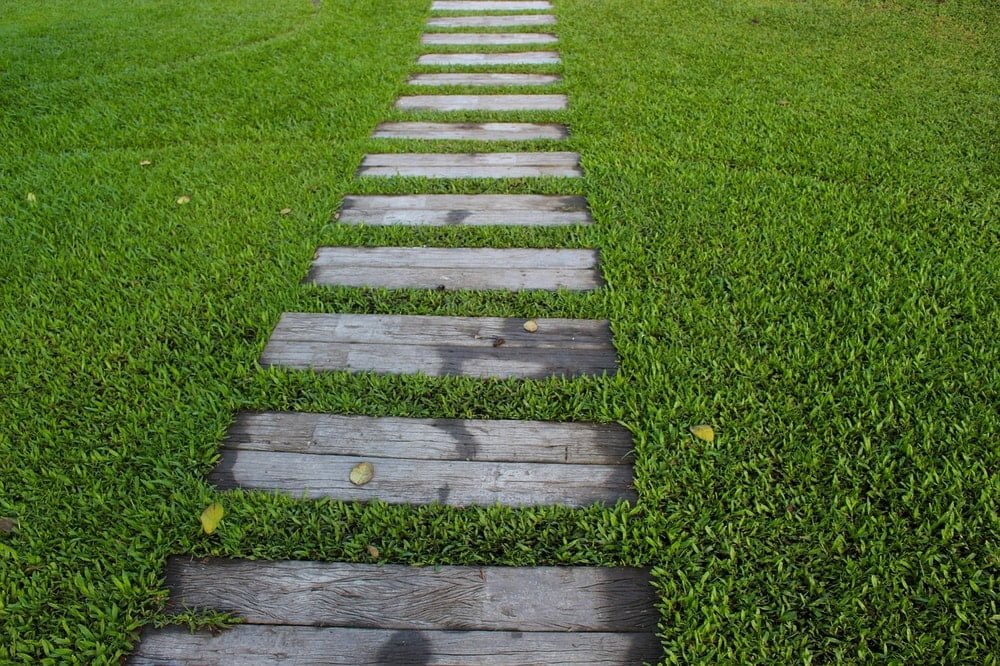
Wood surfaces create a connection with nature and will make your walkway seem like a part of the environment rather than an intrusion. It’s terrific when you want to enjoy peaceful moments in the yard!
Find out about the best materials for driveways, too!
Conclusion
Don’t overlook the design and material of your walkways – front or back. Their appearance and layout help your home feel more welcoming. While functional, they also make an impression, and that’s an impression that you can create!

